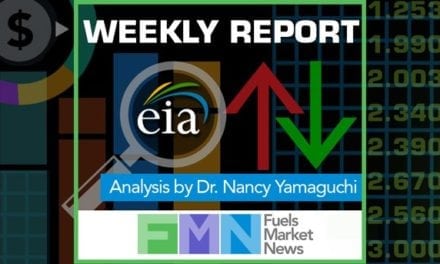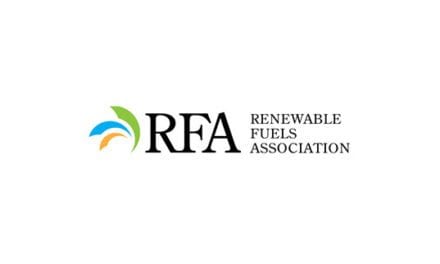 Gasoline consumption often picks up during the summer, but this year “gasoline product supplied” (a proxy for consumption) has shown a more pronounced seasonal rise compared with previous years, according to the Energy Information Administration (EIA).
Gasoline consumption often picks up during the summer, but this year “gasoline product supplied” (a proxy for consumption) has shown a more pronounced seasonal rise compared with previous years, according to the Energy Information Administration (EIA).
From early May to the week ending July 5, U.S. product supplied for gasoline increased 10 percent to 9.3 million barrels per day (bbl/d), notes This Week in Petroleum, published July 31 by the EIA. However, this recent uptick in demand is unlikely to represent the beginning of a major boost in demand. Even with the recent rise, 2013 year-to-date gasoline consumption is almost unchanged from last year, and the estimated rise in gasoline demand is based on weekly product-supplied data that could change as more data, particularly on U.S. exports, become available.
For the weeks ending June 28 and July 5, product supplied for gasoline surpassed the 5-year average, based on data from the Weekly Petroleum Status Report (WPSR) through July 19, gasoline consumption in 2013 has averaged 8.6 million bbl/d, 0.4 million bbl/d below the 5-year average and marginally above 2012 average consumption.
However, at least some of the recent increase in reported gasoline consumption could be a result of the way EIA estimates weekly data, rather than an actual sharp increase in consumption. EIA uses a proxy for weekly U.S. gasoline consumption called product supplied, which measures the disappearance of a particular product from the primary supply chain. The WPSR uses seven surveys to collect data from respondents across the primary petroleum supply chain, made up of refineries, pipelines, bulk and blending terminals, gas processing plants and fractionators, oxygenate producers, and importers.
For a specific refined petroleum product, product supplied is equal to production plus imports minus stock change and exports.
The element subject to the most change between the WPSR product-supplied number and the monthly number published later in Petroleum Supply Monthly (PSM) is U.S. exports. The export data used in EIA’s monthly product-supplied calculation come from the U.S. Bureau of the Census, which releases the data monthly with a two-month lag. As a result, the weekly product-supplied data considered in this discussion are estimated initially using two-month-old export data. As a result, when the official U.S. export data is released, the weekly estimates of gasoline product supplied are updated.
Adjustments to the WPSR motor gasoline export number have ranged between +300,000 to -280,000 bbl/d, meaning the recent perceived jump in gasoline demand is within the range of historical adjustments. This suggests that while the seasonal upward trend in gasoline demand is likely to remain, the recent surge in demand over the previous year and the 5-year average may become less pronounced once Census releases export data for June and July are released (May data are currently the latest available).









